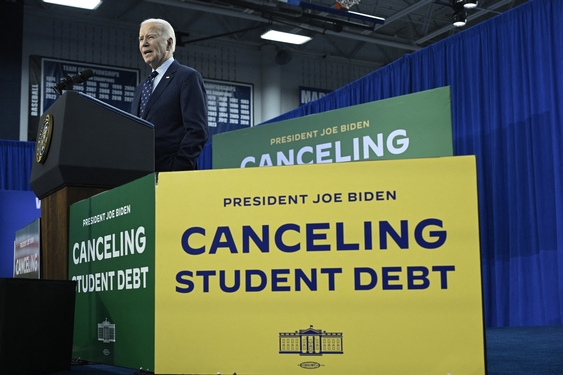All of this will go on quite under the radar for most citizens as they focus on the presidential race, state legislative offices or what’s for dinner. Yet the makeup of the judges on the Superior Court, the nation’s largest trial court, and the means by which they are appointed are essential matters for all Angelinos to understand.
Most often, the governor appoints judges to fill vacancies based on the required recommendations of the Commission on Judicial Nominees Evaluation. Known commonly as the JNE (“Jenny”) Commission, volunteer examiners are given 90 days to investigate, interview and ultimately render a private recommendation to the governor falling between “exceptionally well-qualified,” “well-qualified,” “qualified” and “not qualified.”
The examination process is intense – prospective judges supply a lengthy application with 50 to 75 references, lists of hundreds of attorneys that practice in their respective counties and, ultimately, submit to a personal interview. The minimum standard for all trial judges is 10 years with the State Bar association.
The governor may appoint judges as he sees fit; however, the recommendations of any judges appointed when deemed “not qualified” may be made public. All appointments must be made within a yearly time frame of the seat becoming available, and on the occasions when the JNE does not have enough time to review a candidate, the governor cannot appoint a judge to that office.
In such instances, an open election fills the seat. Superior Court judges are retained for six-year terms and are automatically re-elected if no one challenges them.
Not infrequently, however, sitting judges will time their retirements to fall inside of the mandatory 90-day requirement for the JNE Commission at the end of a yearly cycle, thereby removing the power of appointment from a politically unfriendly governor.
What complicates matters is that without a screening process by the governor, the governor’s staff and the significant JNE Commission vetting process, voters are left to fill the new offices, often armed with limited advice and ignorant of recommendations from local bar associations and newspapers. Here, in these open elections, the quality of applicants can vary widely, and potential judges run with disparate records and levels of experience while pandering to voters who may see their names for the first time as they open a ballot.
Take the curious case of Dzintra Janavs, a 20-year Superior Court veteran, rated as exceptionally well-qualified and endorsed by the local sheriff and district attorney, who was unseated in the 2006 election by Lynn Diane Olson, a bagel shop owner in Manhattan Beach. Olson was admitted to the Bar in 1989, but had not been a practicing attorney in years and refused to meet with the Los Angeles County Bar Association, who deemed her not qualified.
Responding to widespread outrage, Gov. Schwarzenegger immediately reappointed Janavs to another opening on the Superior Court, saying, “This unfortunate result should not rob California of a fine jurist.” Many had speculated that Janavs’ loss was due to her foreign name on the ballot.
This is my plea: if you haven’t seen the recommendations by the relevant bar associations or read the endorsements in the paper, please leave the judicial section of your ballot blank. There’s no shame or harm in that. Understand how important you are in the law and order of this state.



